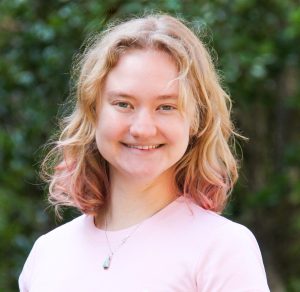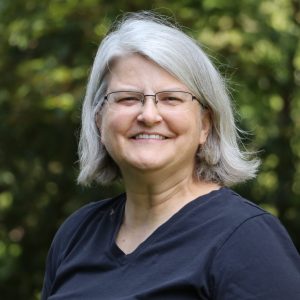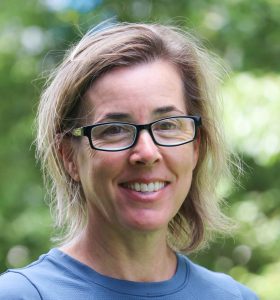
Iterative Design to Engage All (IDEA) Learners is a teacher professional development program grounded in design thinking and centered on cutting-edge research on per- and polyfluoroalkyl substances (PFAS). The IDEA Learners program builds the capacity of STEM teachers to engage all learners and cultivate a diverse biomedical workforce.
Participants in IDEA Learners:
- Collaborate with PFAS researchers to co-develop and then use standards-aligned curricula for high school science classrooms
- Incorporate PFAS research findings, including data, into STEM instruction to promote data literacy
- Increase student knowledge of and interest in biomedical research careers
- Use varied strategies to engage students in learning about a timely and relevant environmental health issue
This Multiple Principal Investigator Project is led by Dr. Kathleen Gray, Research Associate Professor in the UNC Institute for the Environment, and Dana Brown Haine, K-12 Science Education Manager for the UNC Institute for the Environment.
Recommended Reading
Related Links
- IDEA Learners program brings teachers and researchers together to develop impactful curriculum (March 2023)
- IE launches Iterative Design to Engage All (IDEA) Learners Program (December 2021)
- Teachers from NC communities impacted by PFAS contamination to convene at UNC to create health-focused science lessons (June 2022)
Program Contact
Lynn Chesnut,
Research Associate, Center for Public Engagement with Science
(919) 423-5600lchesnut@unc.edu
People
Made Possible by:
Funding Source
This project is administered by the UNC Center for Environmental Health and Susceptibility, with support from the National Institute of General Medical Sciences, the National Institutes of Health (NIH), Award Number R25GM142060-01. The content is solely the responsibility of the authors and does not necessarily represent the official views of the NIH.
Latest CPES News
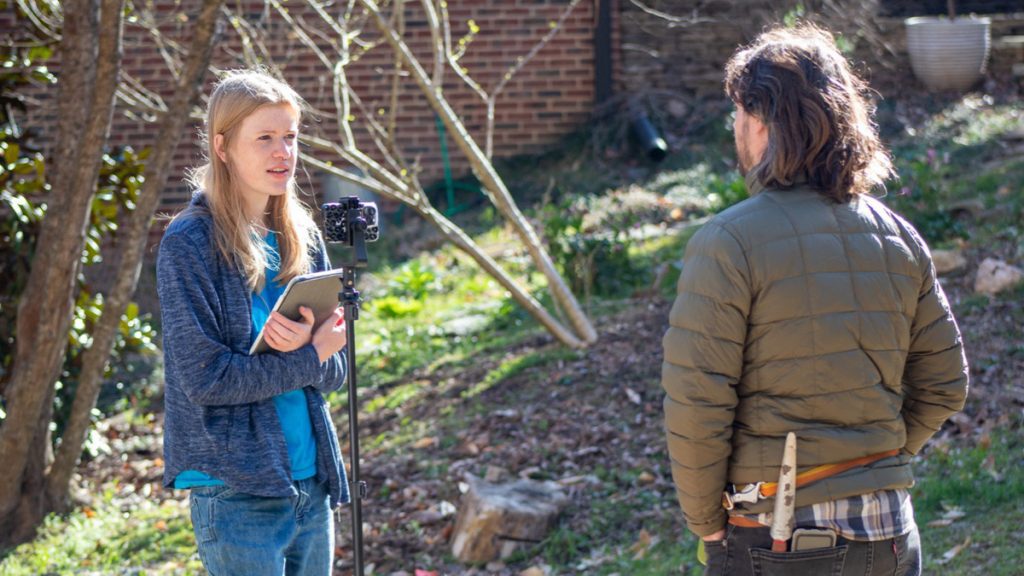
EcoStudio matches Tar Heels with internships (UNC.edu | Apr. 11, 2024)
Since 2018, the program has helped 466 students explore careers in environment and sustainability.
Read More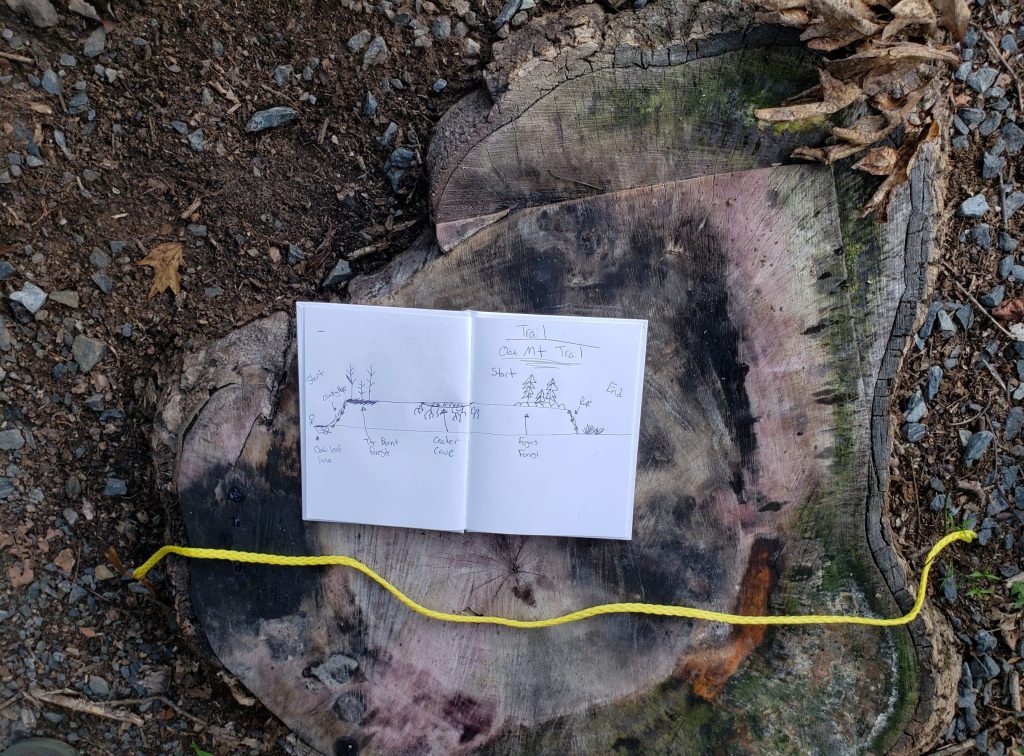
IE program brings N.C. students and teachers into state parks for meaningful outdoor science learning
N.C. teachers and park rangers create outdoor learning experiences for students.
Read More
